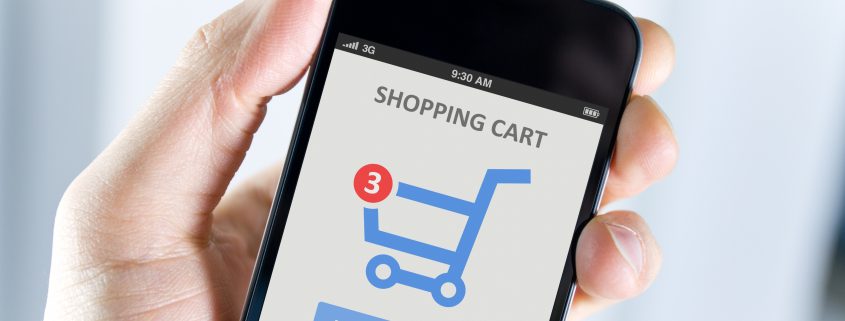¿La vida por un click? – Parte 2
Sí, quiero
En 1999, cuando el mercado electrónico era incipiente y Amazon solamente vendía libros, la compañía patentó el botón de compra “1-Click” con la idea de que los consumidores pudieran ingresar los datos de facturación, envío e información de pago una sola vez y luego simplemente hacer click en un botón para realizar una segunda compra en el futuro.
Lo más importante que permitió Amazon fue mostrar a los clientes que había una buena razón para entregar sus datos, pero hoy, esa tecnología 1-Click es mucho más importante a medida que las compras on-line se consolidan. Desde mobile, es más intuitivo y eficaz gestionar una compra de pocos pasos, porque cuanto mayor es la molestia, o el número de pasos y clicks para comprar, menor es la propensión a completar el viaje del carrito de compras. Lo mismo pasa con las distintas experiencias de navegabilidad del usuario al momento de analizar el comportamiento de clicks en los sitios webs corporativos.
Dios salve al click
La captación de click representa para el cliente el pecado original de la nueva era, sobre todo, cuando éstos constituyen uno de los elementos clave en el embudo de conversión de las compañías.
El embudo de conversión forma parte del plan estratégico de Marketing digital, utilizado para referirse a los pasos que un usuario o lead (cliente potencial) tiene que llevar a cabo para alcanzar un objetivo determinado:
A lo largo del proceso, “hacer click” es el objetivo principal de toda empresa que cuenta con campañas en Google o Facebook. Ya que tener un buen CTR (Clicks Through Rate) implica que la estrategia está siendo eficaz y por lo tanto, rentable.
Actualmente, el poder de un click tiene la capacidad de modificar incluso estadísticas y porcentajes a empresas presentes en Internet. Una acción que, aunque no concluya en el deseo final de la empresa (que siempre serán más clientes activos), resulta un paso previo que conlleva a su vez otros beneficios: un mayor tráfico, el aumento de seguidores o el incremento del nivel de interacción, remarketing con mensajes más personalizados, entre otros.
En definitiva, el click es la nueva “unidad de medida“, cuando hacemos alusión al éxito en digital. “Hacer click” es la aclamación para la analítica web, pero ¿representa un eficaz modelo de rentabilidad para las compañías?

[Sillicon Valley es innovar, pero eso está corrompiendo a la sociedad, ahora todos somos (fieles) adictos]
Tristan Harris, ex ingeniero de Google




